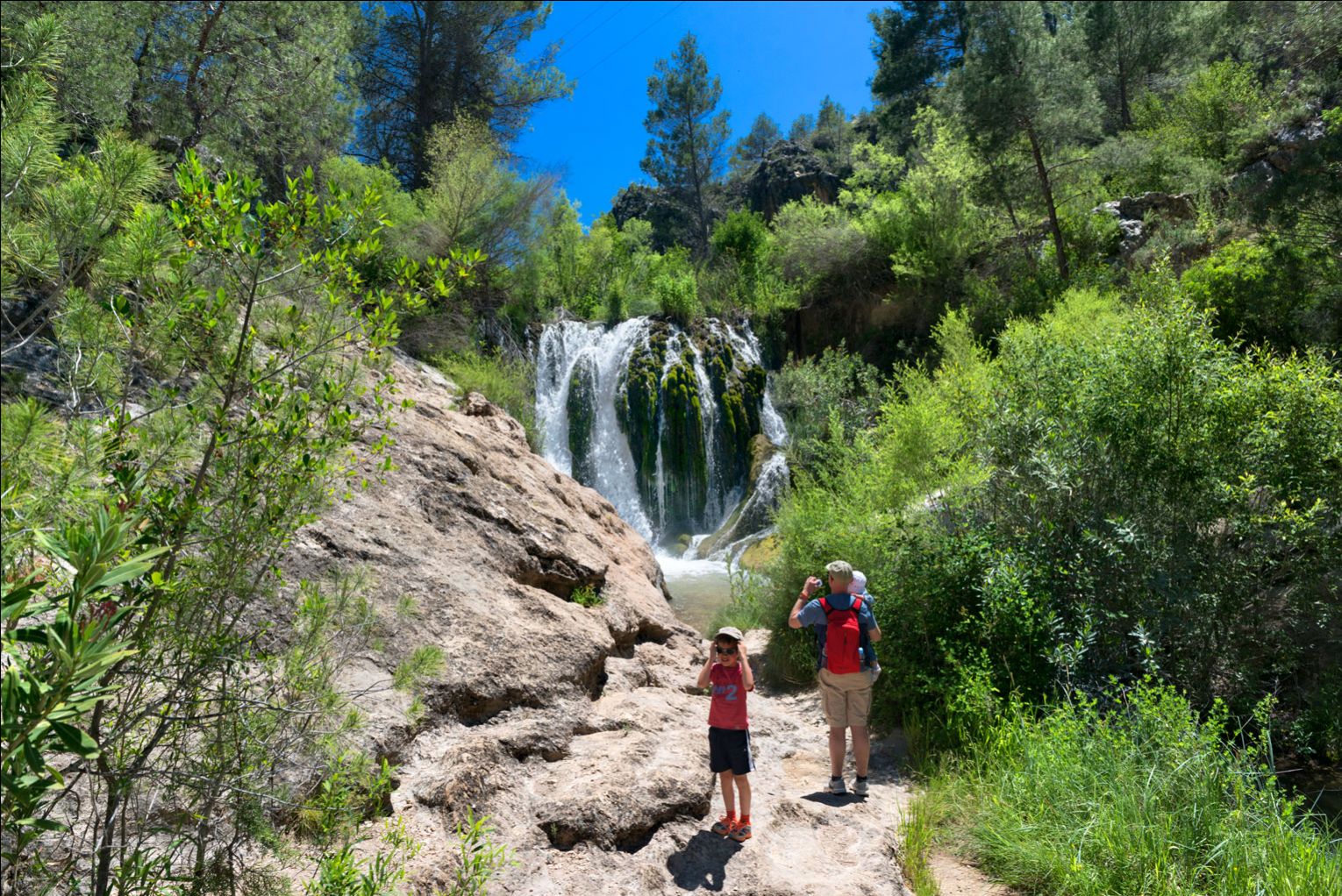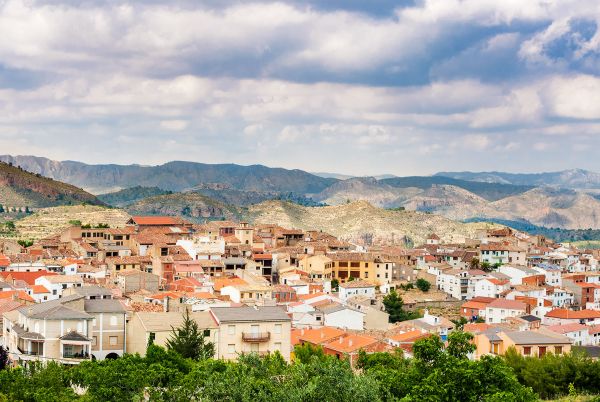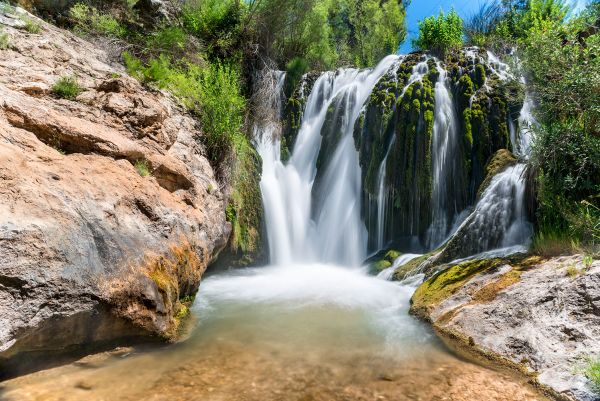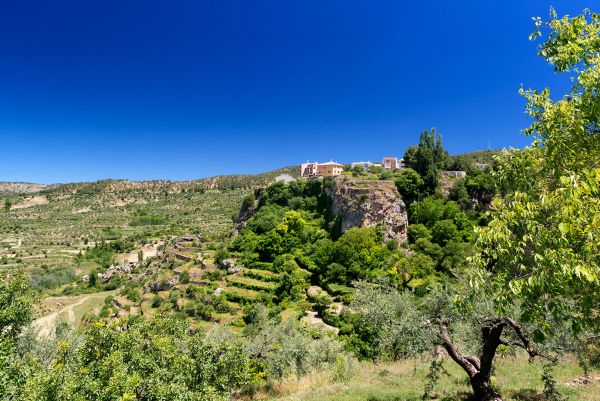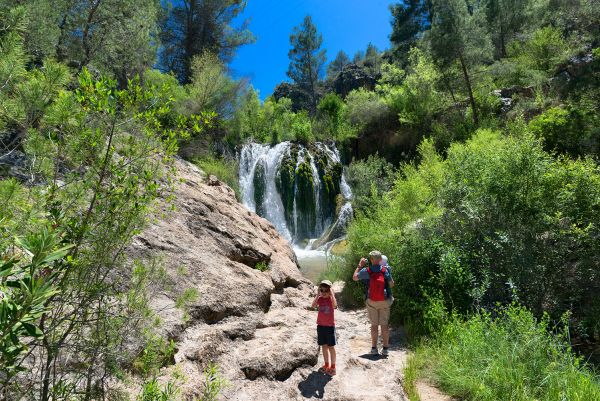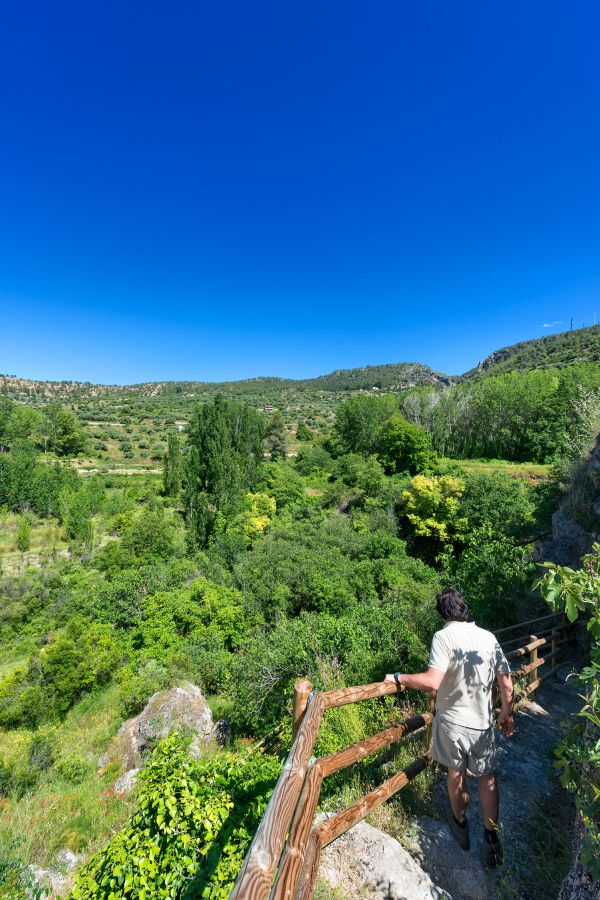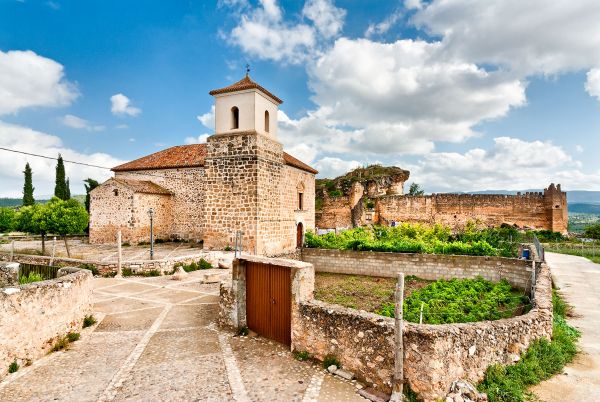The jewels of Segura: Letur, Férez and Socovos
Albacete
This trip is specially designed for hiking fans. You don’t have to go on foot, but the daring will enjoy a more complete experience. We are in a region of the Segura mountains with countless options for being at one with nature.
The GR-68 is a circular, signposted path, which connects the Segura mountain towns a long way from each other, such as Elche de la Sierra, Férez, Socovos, Letur, Nerpio, Yeste and Molinicos. You can begin the route at any point, meaning you can walk the stretch between Socovos, Férez and Letur (around 18 km) in a day. Another option: based in Férez and starting from its main square, we can go to Letur (13 km) in a day and on another trip, to Socovos (5 km).
Férez, known as the mining treasure, is set in a beautiful mountain location with stunning nature. Its city centre, featuring narrow, winding streets and traditional stone, clay, whitewashed homes, has hidden corners with Arabic influences. The Church of the Assumption (16th century) is the town’s most impressive building. Inside, visitors can admire the organ, an 18th-century masterpiece built by José Llopis, who also constructed the organ in Liétor. In the outskirts of the town, olive groves and almond trees, and numerous springs providing water for several streams, which join to become the Mora stream. Its pavements offer the perfect setting for taking a stroll or relaxing, such as the Mora Mill.
A stroll through Socovos allows us to marvel at the remains of the town’s medieval castle and Church of the Assumption, but the surrounding area boasts scenery that makes it special: to the east, along a forest track suitable for biking, there is the Benizar stream and a recreational area with excellent facilities. Continuing the path of the stream, we’ll find several trails to hidden pools where we can take a “secret” dip. Later, returning towards the town, we’ll pass by Peña Bermeja and the Loma del Conjurador: here we’ll find the paintings by Solana del Molinico covering three panels, two in large coverings and one on a barely covered mantelpiece. The style is Iberian schematic art, with iconography in abstraction: points, bars, specks, etc., with the colour red dominating. They are testimony of the beliefs of neolithic groups, like those found in Alpera, Letur or Nerpio, in the same province.
Letur is the most important and best preserved Arabic complex in Albacete province: its old town with Muslim influences, with rammed earth buildings based on earth, water and lime, along with stone, wood and cane led to it being declared a Historic-Artistic Site. It’s one of the most charming towns in the Segura mountains and the whole region.
In the town’s streets and alleyways, the numerous traditional porches stand out: a semi-circular arch or lintel with two doorposts as an entry into a hallway for several homes. Its buildings include the St. Mary’s parish church, built at the beginning of the 16th-century; and the town hall, an elegant 16th-century Renaissance construction.
Water takes centre stage in Letur, both inside and outside the town. Las Canales pool is a natural swimming pool in the stream’s course, in the urban heart of the town, surrounded by gardens and little fountains.
The natural setting in the town is perfect for trips on foot or by bike. To the east of the town, the Cantalares route is a 2-km journey taking us around the base of the crag where Letur is perched. The Pataco Pool is a beautiful waterfall and a recreational area of great importance when the summer heat kicks in.
From Letur, along the Artezuela road and following the Letur stream, a path guides us towards the Stream Waterfall, a waterfall in a spectacular setting that also offers the chance to take a dip. A picture-perfect spot for ending our trip.
May also be of interest to you
Castilla-La Mancha Tourism in 2023. All rights reserved.
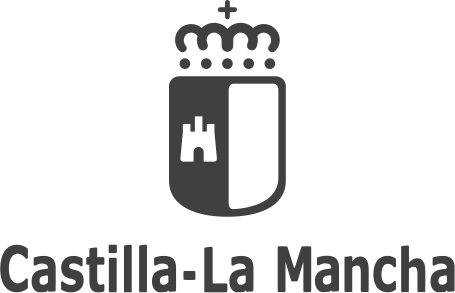
 365
365
